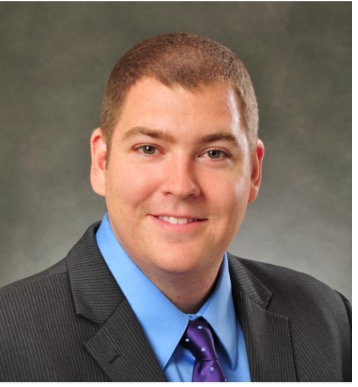
By Kalan Guiley
Senior Manager, Global System Safety
Boeing Commercial Airplanes
Consider the gingerbread man. Now imagine where that gingerbread man might live. The kind of house he needs to keep him safe. What his village might look like and how he moves through it. The materials you would need to build such a place, and the design challenges one must overcome being made of little more than flour, sugar, ginger, and cinnamon.
If you’re a first grader at Brentwood Magnet Elementary in Raleigh, North Carolina, you’ve given this a lot of thought. You ask a lot of questions…imagine possible answers…plan your approach…create a solution…then look for ways to improve it.
And in this particular assignment, once you’ve done all that… you get to eat the results.
That problem-solving model isn’t a one-off lesson at North Carolina’s (and possibly the world’s) only engineering school for six-year-olds, it’s the core curriculum in grades K through 5. “Engineering is infused into everything we do,” says Kaitlyn Womack, a first-grade teacher at Brentwood. “Critical thinking, problem-solving, reflection—we don’t expect all of our students to become engineers, but we do teach them to think like one.”
According to Womack, she teaches every subject with the same basic “ask-imagine-plan-create-improve” approach, whether its writing a story, learning about weather, or housing and transporting a ginger-based humanoid. “We teach collaboration and creative problem-solving, ways to work as a team,” she explains. “The point is to think outside the classroom.”
While the choice to attend Brentwood Magnet Elementary is obviously the parents’, by all appearances the children embrace the school’s engineering-inspired pedagogy. “We have the hardest time with the high-flyers,” Womack observes, “the ‘gifted ones,’ who tend to have a more difficult time with the creativity and freedom that comes with engineering.” Interestingly, the ordered, disciplined precision many associate with the engineering mindset is more the product of a free-wheeling imagination than rote learning.
Womack would disagree with those who say engineers are born and not made. “You can train your brain to think differently,” she says. “It’s all about how you choose to think, the thought process” you apply to any given problem.
Though she is relatively new to teaching—just four years in the classroom after earning a master’s degree in education—Womack believes the Brentwood Magnet model can work anywhere. Brentwood, for example, is a Title One school, meaning that at least forty percent of its students are from low-income households. And it is diverse, with kids from a wide range of ethnic, racial, and socio-economic backgrounds. In other words, it’s an ideal student population on which to test a novel approach to elementary education.
While the core instructional program at Brentwood aligns with national and statewide standards, Womack and her colleagues are responsible for creating their own lesson plans. But just as they ask their students to work in teams, so do Brentwood’s teachers, collaborating on curriculum development to ensure that students are able to perform on standardized tests and move seamlessly up through grade levels.
In fashioning the curriculum and crafting lesson plans, the teachers at Brentwood tap an array of resources, like those provided through ASME’s INSPIRE K-12 STEM Readiness program which to date has reached over 365,000 students, the vast majority from Title 1 schools. Last summer, ASME announced a new collaboration with Discovery Education, the leading provider of digital curriculum resources for K-12 classrooms. ASME is the engineering content collaborator to Discovery Education’s STEM Careers Coalition, a group of leading industry partners who are joining forces “to empower educators to teach STEM effectively in the classroom, foster equity and access to quality education, and build the next generation of solution-seekers,” according to Discovery Education’s mission statement. STEM resources and experiences available on the Coalition website reached over half a million students in 2020.
Of course, Katy Womack’s first graders aren’t aware of all the thought that goes into their daily classroom experience. They’re much too focused on the problems they’re challenged to solve. Take that gingerbread man, for instance. What if the power goes out? What if there’s a snow storm? These are the kinds of questions they are tasked with asking and answering, applying all the imagination and problem-solving skills they can muster.
“There is no wrong answer,” Womack assures them, “as long as you approach the problem creatively. Sometimes my entire lesson is one question, and I just sit back and watch the kids go.”
Kalan Guiley is Senior Manager, Global System Safety, at Boeing Commercial Airplanes. For more information about the ASME Foundation’s K-12 STEM readiness programs, or any of the ASME Foundation’s work, visit www.asmefoundation.org.